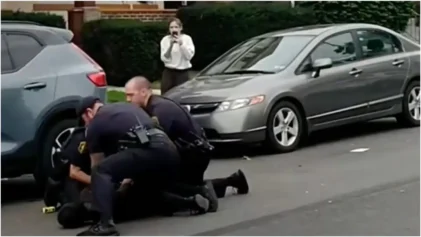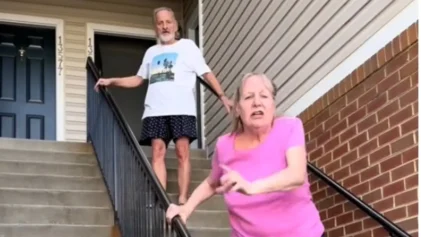How to close the racial wealth gap? It’s an easy question to ask but difficult to answer, says Dr. Mary Coleman, senior vice president of EMPath.
A new study published in the ANNALS of the American Academy of Political and Social Science found that while households overall saw gains in the ten years following the Great Recession (2010-2019), Black working-class households saw less gains compared to other racial groups.
Dr. Fenaba Addo is a co-author of the study, Disparate Recoveries: Wealth, Race, and the Working Class after the Great Recession, and is also an associate professor of public policy at the University of North Carolina.
She says, compared against other groups, many Black families went into the Great Recession in a weak financial state, leaving many to “rely only on earned income, rather than having a private social safety net which is kind of what we refer to when we think about wealth, puts you in a very precarious situation.”
The study cited how during the Great Recession, which lasted from 2007 to 2009, Black households lost 48 percent of their wealth, while white households lost just 26 percent.
The study also considers many Black households to be “wealth poor,” meaning they do not have enough money to support themselves for at least three months. While the proportion of wealth poor families fell across most racial and professional categories between 2010 and 2019, it actually increased for Black professionals.
The financial plight of many Black families entering the 2020 pandemic exacerbated their financial outlook. The pandemic revealed the economy’s reliance on essential workers, many of which are Black and brown people working on the front lines, earning less than $15 an hour, Brookings Institution reports.
Coleman’s EMPath group is a Boston-based nonprofit organization that provides support and assistance for low-income families. She says low wages are part of the problem for the wealth disparity.
“Depending on where one is in the country, it can be anywhere from $7 to $15 an hour and at 15 bucks an hour, that’s roughly $31,000 a year, and it’s not possible for a family with children on a single income to provide on $31,000 a year. Virtually impossible,” said Coleman.
Coleman also points to additional burdens Black families often carry that their white counterparts may not, including caring for elderly family members who spent much of their prime labor years working at a time when discriminatory labor practices were more widespread than today.
“The question I think has to be, what is it that organizations, government or private sector can actually do to lift families out of poverty and sustain those exits intergenerationally,”Coleman said about seeking solutions to closing the racial wealth gap.
Dr. Addo says the racial wealth gap between Black and white families is too vast for Black families to simply “save our way or educate our way into closing” [the gap].
Dr. Addo goes on to suggest opportunity accounts and reparations should also be part of the conversation to help reverse the widening gap.


